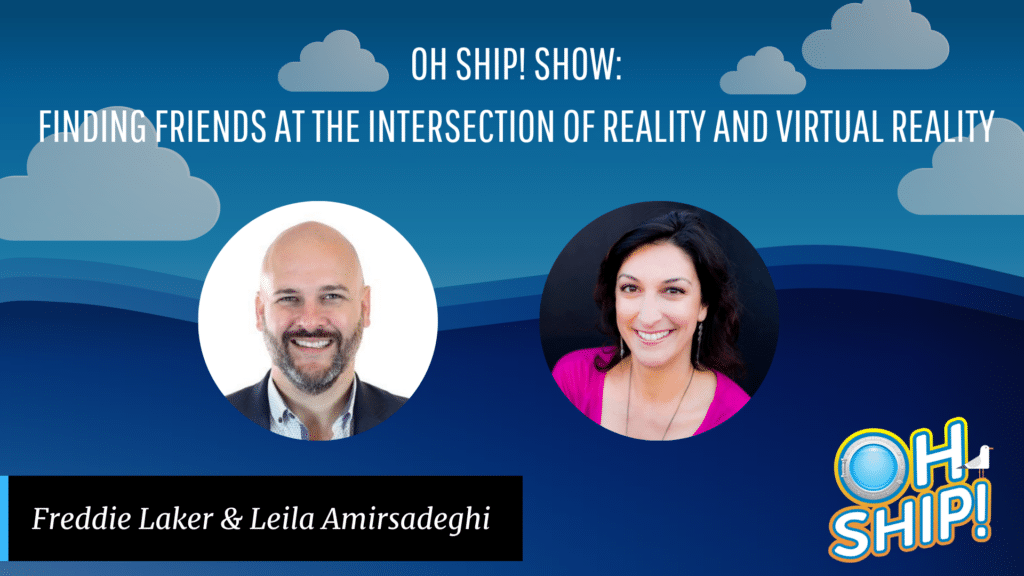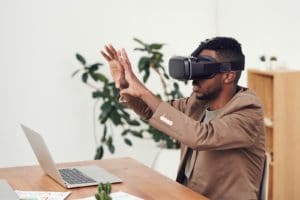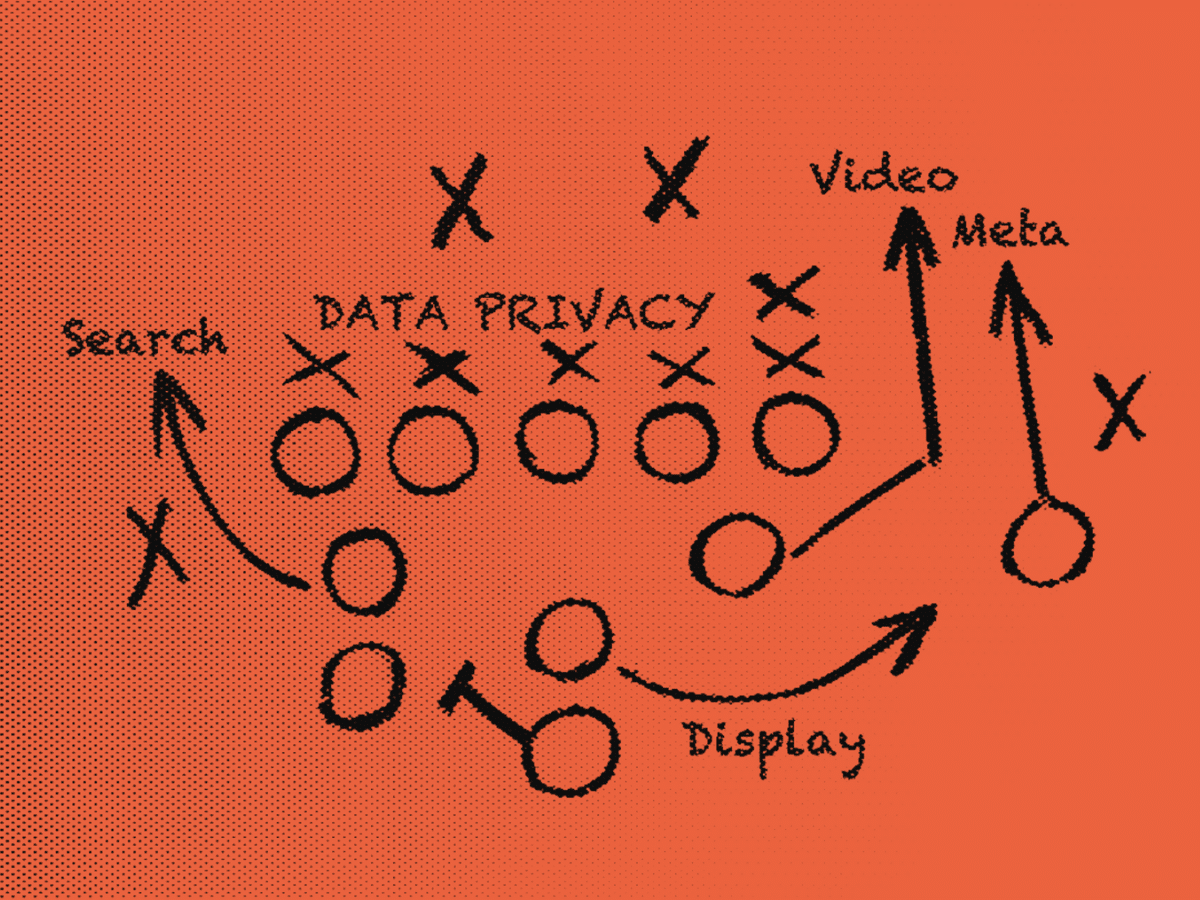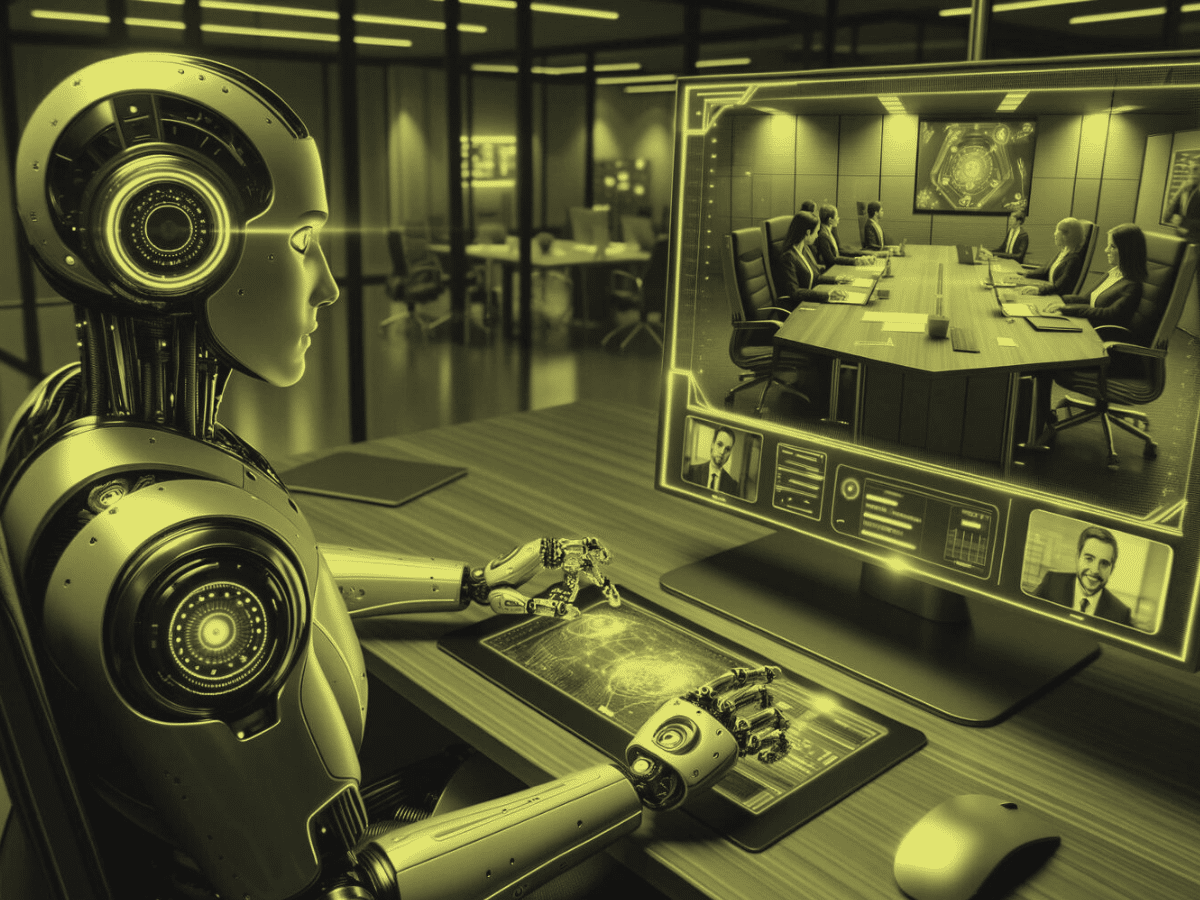Learn how virtual technologies will enhance our lives in the years to come!
©max-kegfire via Getty Images Pro
Leila Amirsadeghi works as senior program manager of Microsoft’s Mixed Reality VR project. An innovator in the technology field since the late ‘90s and in the advertising world before that, she has a strong focus on user perceptions and engagement. In OneDome, which she co-founded, she has discovered a way to merge all of her experience in the business, entertainment, tech, and even event production areas within fascinating projects like Unreal Garden, an augmented reality experience.
Creating the world’s first mixed reality experience
Unreal Garden, which brings 40 people together in an otherworldly forest with interactive elements, is the world’s first mixed reality experience to blend sound projection, haptics, and augmented reality with real-world elements using the Microsoft HoloLens. Unveiled several years ago, this multiplayer experience allows participants to connect within a shared reality, Leila explains.
Why did her team choose AR rather than VR? It all comes down to eye contact, Leila says. “Eye contact is necessary for connection, and VR at the time didn’t allow for that,” she notes.
Taking Burning Man virtual
As location-based experiences became an impossibility in the pandemic, Leila took her event design capabilities virtual. Burning Man pivoted to a virtual design with the theme “Multiverse” and invited eight companies to create virtual versions of the gathering, Leila explains. She joined the Altspace team in creating BRCvr, one of the universes within the Multiverse.
The experience revealed how far VR was advancing. “What Altspace has gotten right, and what totally blew my mind and made me realize that you can actually create connections in VR, is the eyes,” she says. “Once you have the eyes right, and the eyes can move and that connection is made, it changes everything.”
What are the greatest challenges in AR and VR today?
Fidelity is the number one challenge, Leila says. Keeping content to a file size that offers the best performance while still providing a stunning experience can prove tricky. But fidelity issues do sometimes fade away as players become immersed in the captivating imagery.
Establishing human presence is another major challenge. “You can have the nicest looking environment, functioning and operating at the highest fidelity, but if you’re missing the lack of presence, if you’re missing the lack of connection, for me, it misses the point,” she continues.
That’s one thing Microsoft is getting right, she says. In their keynote at Ignite, they presented Mesh, a VR program that lets people appear virtually in either 3D or 2D, showing a sample video in which two people spoke to one another as holograms. “They’re able to actually be their real-life presence,” Leila says. Wearing the HoloLens, they can see others as though they are physically present as well.
How has the pandemic affected AR and VR?
“The pandemic kicked up AR and VR significantly,” says Leila. Some companies have sent all their employees remote headsets for collaboration.
“For me, virtual events are here to stay,” she continues. “We will see a hybrid model moving forward. Certain experiences and events can be recreated in VR, like Burning Man, because of the scale of Burning Man. VR has no boundaries; you can actually drop in the art at the scale that it was meant to be created on.”
How can AR and VR enhance our lives?
“It’s about accessibility,” Leila asserts. “Now millions more people around the world can go to a Burning Man.” During the pandemic, everyone needed that accessibility, but post-vaccination, it will remain important to many.
Her team is launching a 2.0 version of Unreal Garden this summer, bringing it on tour to a number of cities in an effort to boost social connections.
She views AR as a powerful tool for bringing about a new understanding of your existing reality. Augmenting and commenting on that reality can help people perceive reality in a new light. Its significant entertainment value can serve a higher purpose, influencing how people think about issues like climate, Leila says.
“The most powerful thing about AR and VR is its visceral nature. That allows you to create empathy and compassion; it allows you to instantly walk away with knowledge whether you’ve realized it or not,” she says. “For me, it’s sort of the plant medicine of the masses.”
How will social VR change in the next several years?
Right now, VR software can only be used on a headset, but accessibility will continue to expand in the coming years, Leila predicts. “The goal is to be able to be cross-platform,” she says, “so that anyone can access and enter with ease.”
“You’re gonna start to see the virtual and the real mesh,” she adds. She’s fascinated with the idea of how to bring these worlds together in a relevant and contextual way. Leila also hopes to see more virtual experiences that are meaningful and less focused on killing zombies, given VR’s vast potential.
What was her most pivotal moment?
Leila’s “aha” moment that ignited the concept of the Unreal Garden happened while sitting in a dome with 360 content playing inside. A bunch of random props sat around her, as the space was also used for storage. She watched a manta ray flying around through her HoloLens, saw the props and AR elements blending together, and thought to herself, “That’s how you mix realities.”
What are her greatest Oh Ship! moments?
Leila has learned many lessons about releasing new tech. “If you’re gonna launch new tech, make sure it’s ready for consumers,” she says. “The HoloLens was not made for the consumer market.” They’d done focus groups beforehand, but not with the mass numbers needed to get everything right.
“To be frank, we wanted to be first to market,” she says. “It just all went wrong. Devices were overheating; things were breaking; it wasn’t charging when you thought it was charging. We had too many staff; then we didn’t have enough staff,” she says.
At the same time, you can never prepare completely. “You can think you know everything, but until you open the doors, you don’t,” Leila emphasizes. “There’s no planning for that.”
She learned much about how to introduce people to the experience, too, she says. Rather than overwhelming people with information when giving them the headset, they needed to focus on creating self-guided experiences.
Leila’s final piece of advice: “Don’t design for yourself.” Designers often feel people won’t be impressed unless they make things overly complex, but that also overwhelms most people. “Don’t also try to get them to do a bunch of things in that first experience,” she says. Rather than making every aspect interactive, include elements of interactivity that leave them with a positive experience.








